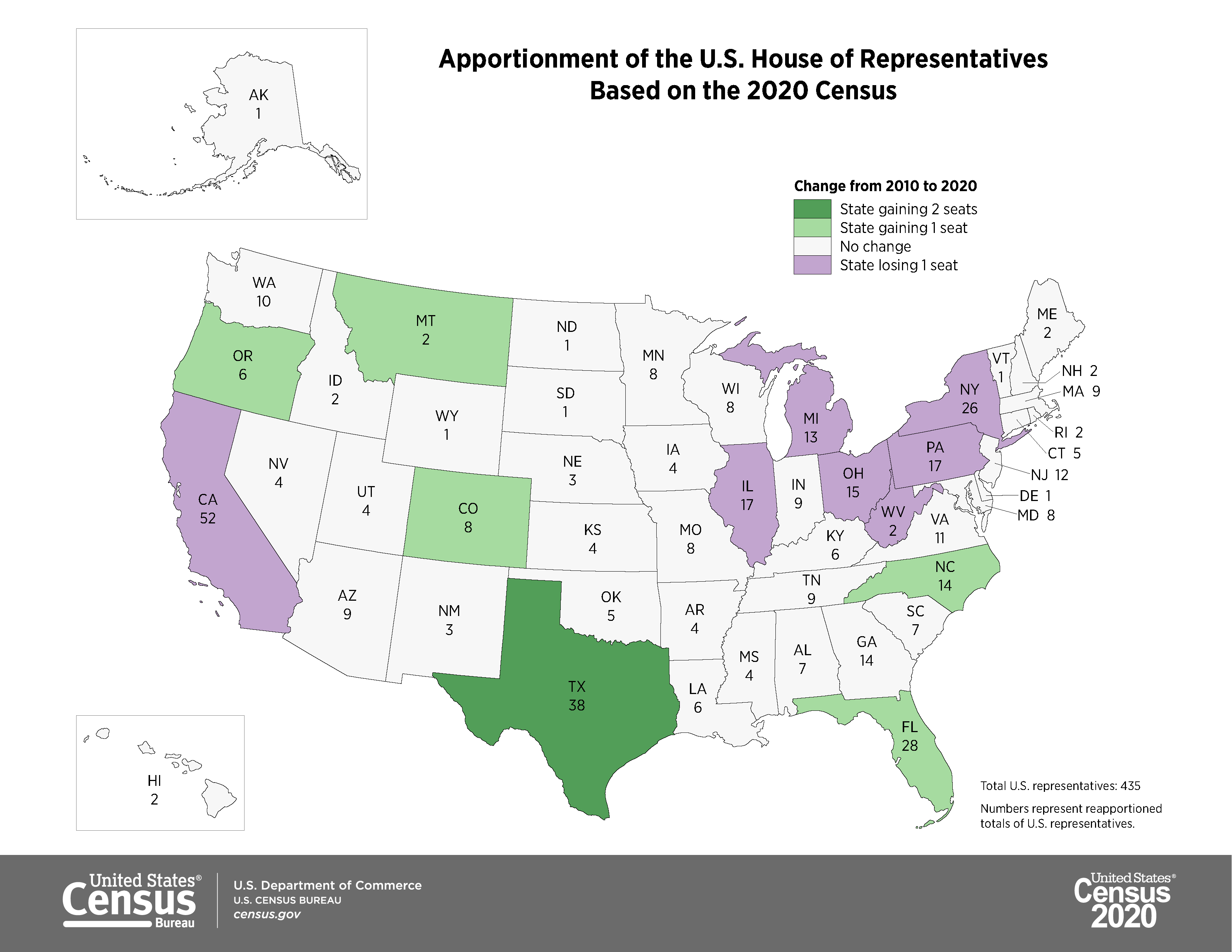A State by State Comparison of Occupational Electrical Fatalities
John Mattews Associates
National Fire Protection Association
Abstract: The United States, ranking third among countries in both population and land area, is geographically and ethnically diverse. The 50 states, admitted one at a time to the Union over a period of about 175 years, reflect this diversity in historical development, population, population density, land area, and natural resources. State populations vary by as much as nearly 70 times and state land area by a factor greater than 400. Consequently, industry types, population demographics, and involvement of state governments in occupational health and safety vary among states. The 2011-2018 Bureau of Labor Statistics (BLS) occupational and electrical fatality data are used to identify states with higher numbers of fatal injuries and higher incidence rates. The 2011-2018 BLS data and occupational safety and health administration (OSHA) records are reviewed to characterize worker occupations and incidents. The five states with the highest numbers of electrical fatalities are discussed. The 12 states with the highest electrical fatality incidence rates are also reviewed. The potential factors contributing to higher numbers of fatal electrical injuries and incidence rates are explored. These include industry type, worker demographics, climate, and state legislation and culture. Failure to reach workers and more effective ways to reach workers at risk for electrical injury are addressed.
CLICK HERE to order complete paper.
https://ieeexplore.ieee.org/document/9195772









